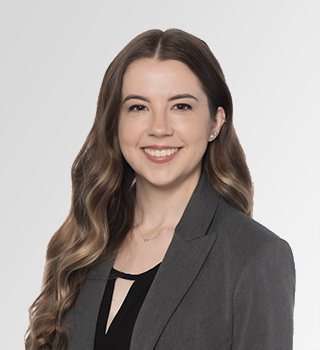California’s State Water Resources Control Board announced on Thursday, February 6, 2020 that it will reduce the levels of perfluorooctanoic acid (PFOA) and perfluorooctanesulfonic acid (PFOS) in drinking water systems that trigger responses under lower response levels (RLs). The Board will set new reduced RLs of 10 parts per trillion (ppt) for PFOA and 40 ppt for PFOS. Currently, the RL is set to 70 ppt for PFAS and PFOS combined.
This action follows the Board’s reduction of notification levels (NLs) for PFOA and PFOS in August 2019. The Board reduced the NLs from 14 to 5.1 ppt for PFOA and from 13 to 6.5 ppt for PFOS. This reduced the concentration level of a contaminant in drinking water that warrants notification and monitoring.
RLs and NLs are set based upon recommendations from the California Environmental Protection Agency’s Office of Environmental Health Hazard Assessment (OEHHA). Reductions in RLs and NLs comprise an essential part of the Board’s investigation into the extent of PFOA and PFOS contamination in California drinking water systems and groundwater statewide. Through this investigation, the Board has detected seven additional PFAS chemicals in wells in California, causing the Board to request OEHHA’s recommendation for developing NLs for these chemicals.
Under California’s new law Assembly Bill 756, if a water system receives a Board order for testing and finds PFOA or PFOS concentration exceeds the RL, the system must take the water source out of service, provide treatment, or notify their customers in writing. Additional methods of informing the public of the test results are also required.
As part of the Board’s investigation into PFOS and PFOA, the Board is seeking to establish its first regulatory standards for respective contaminants. In August 2019, the Board requested that OEHHA develop public health goals (PHGs) for PFOA and PFOS as the next step towards developing regulatory standards called maximum contaminant levels (MCLs).
California is currently in the first phase of testing public water systems, which entails sampling drinking water supply wells near locations PFOA and PFOS are believed to be prevalent, such as near landfills and airports, in addition to locations where the contaminants were previously found. The next testing phases will include additional sources, such as industrial sites and wastewater treatment plants.
Our attorneys have been at the forefront of PFAS issues, including giving presentations as to the future waves of litigation stemming from PFAS issues. For more information, please contact any of our PFAS – Toxic Torts Team: Jessica Deyoe, Suzanne Englot, Alexandra Fraher,or John Gardella.
Authored By:


0 Comments